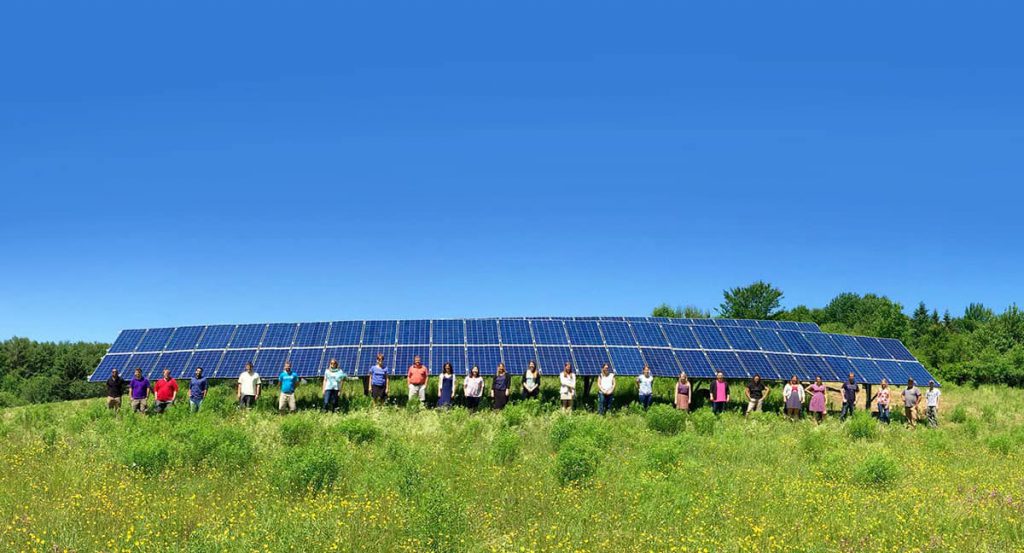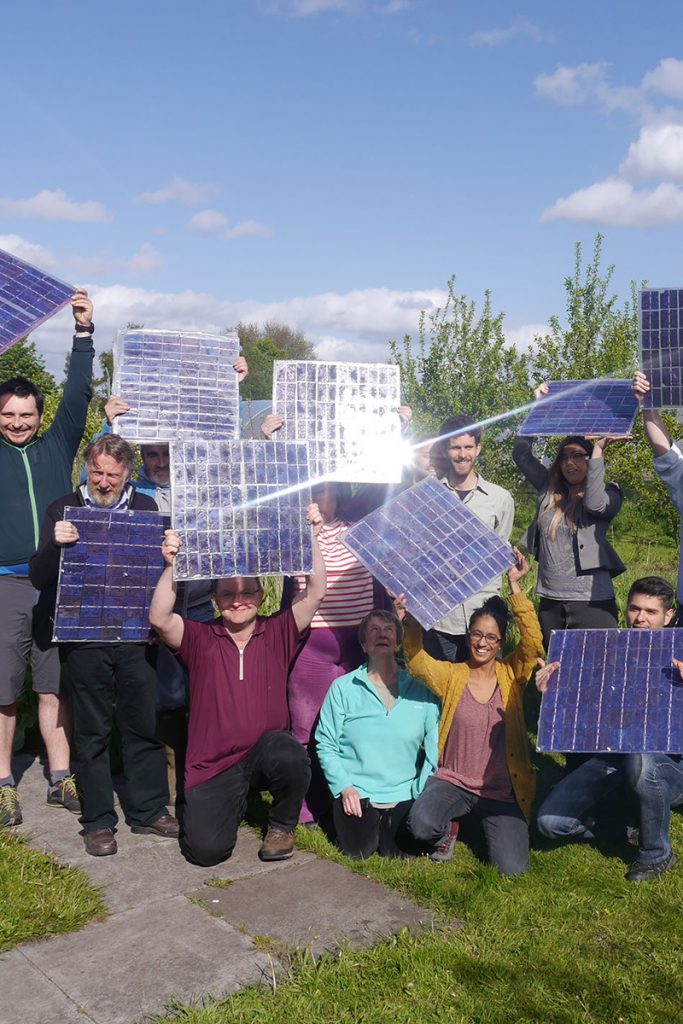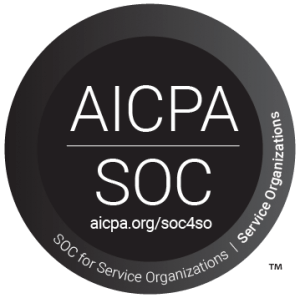EnergyScore
Solstice’s Machine Learning Tool for Financial Inclusion
In the US, low- to moderate-income households are disproportionately affected by:
Climate Change
The effects of climate change, pollution, and extreme weather
Energy Burden
Spend a larger portion of their income on electricity
Energy Justice
Are locked out of the benefits of clean energy
One of the greatest barriers that US households face to going solar are FICO score requirements of 650+, when about 47% of consumers have subprime credit scores or are unscored¹.
EnergyScore is a machine-learning algorithm that improves access to clean energy products while decreasing portfolio risk for financiers and developers. By more accurately predicting the probability of consumer delinquencies, Solstice can ensure that default rates for clean energy products are kept low while ensuring greater equity within the clean energy transition.
In 2018, EnergyScore was developed in partnership with the Department of Energy and data scientists at MIT using more than 800,000 individuals’ data across 5,000 variables. Our research was published in the National Bureau of Economic Review. In our research to develop EnergyScore, we found that the EnergyScore is more accurate than FICO at predicting defaults and more inclusive of low-to-moderate income households.
In the summer of 2024, Solstice announced support from Google to help reconfigure and redevelop EnergyScore in order to prepare the model for application. Through this support, Solstice is using over 20 million records to train a new, advanced machine learning model. The predictive capabilities stemming from a massive dataset allow for a more complete view of risk, allowing for even greater degrees of accuracy and inclusion for consumers.
Increasing access for populations traditionally left out of financing opportunities is the optimization goal of EnergyScore. Through current and past support from Google, Solstice has developed safe modeling procedures and monitoring criteria to ensure ethical and safe use of the algorithm at the heart of EnergyScore. Designing a model in consideration of algorithmic bias is essential to safe AI application, and is critical to Solstice’s mission.
¹ 2020 Prosperity Now ScoreCard (scorecard.prosperitynow.org)
² CFPB Data Point: Credit Invisible (Washington, DC: CFPB Office of Research, 2015)
How does EnergyScore work?
During the qualification process, Solstice will collect financial history data from customers through a credit bureau as well as customers’ utility payment history.
These variables are inputted into EnergyScore’s algorithm to output their EnergyScore – a number between 0 and 1. This number reflects their likelihood of not defaulting. For example, an EnergyScore of .90 implies there is only a 10% chance that someone would default…




